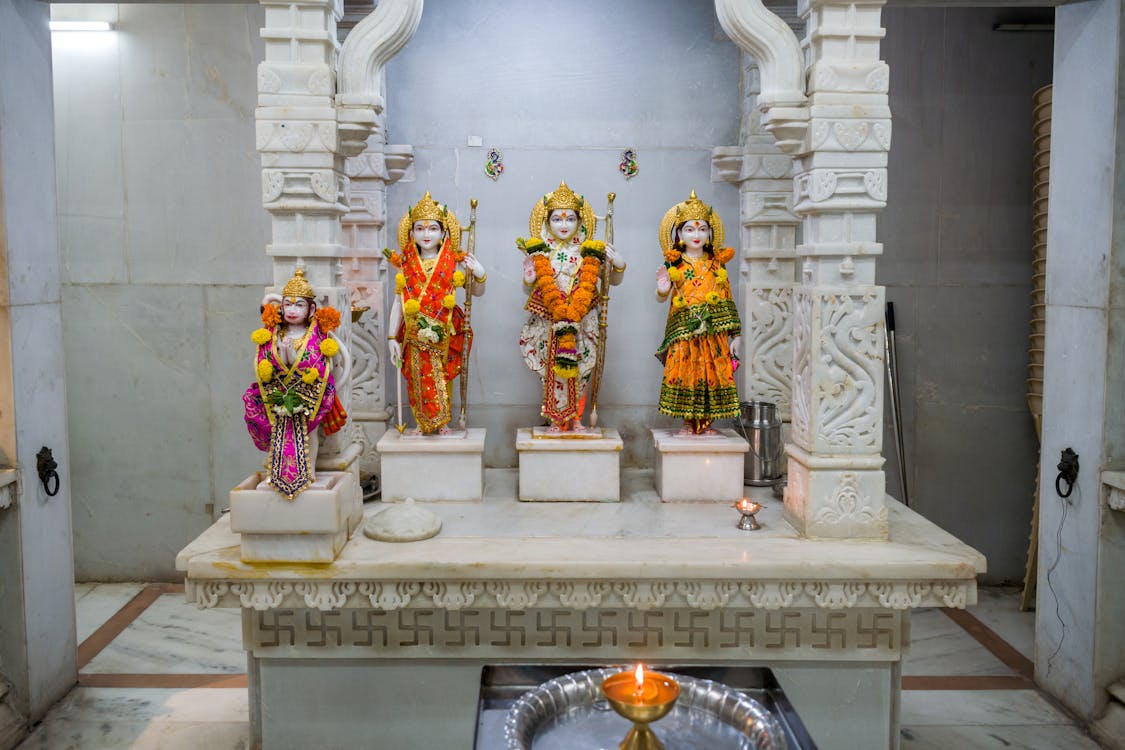Understanding the Historical Disputes Between Islam and Hinduism
Islam and Hinduism, two of the world's oldest and most prominent religions, have shared a complex and often tumultuous history. While both faiths have deep-rooted spiritual traditions and diverse followers, historical events and ideological differences have led to disputes and conflicts over the centuries. In this article, we delve into the historical context of the disputes between Islam and Hinduism, exploring the factors that have shaped their relationship and continue to influence interactions today.
Historical Context of Islam and Hinduism
1. Early Encounters:

The interactions between Islam and Hinduism date back to the medieval period in the Indian subcontinent. Muslim traders and Sufi mystics arrived in the region, bringing new religious ideas and cultural influences. This era marked the beginning of a dynamic exchange of ideas and practices between the two religions.
2. Mughal Empire and Hindu Kingdoms:
The Mughal Empire, which ruled large parts of India from the 16th to the 19th centuries, brought Islam to the forefront of Indian politics and culture. While the Mughal rulers patronized art, literature, and architecture, tensions arose with Hindu kingdoms over political control and religious differences.

3. Religious Syncretism and Conflict:
During the Mughal era, there were instances of religious syncretism, where elements of Islam and Hinduism blended in art, music, and philosophy. However, conflicts also erupted, such as the destruction of temples and the imposition of jizya (tax on non-Muslims) under certain rulers.
Factors Contributing to Disputes

1. Divergent Beliefs and Practices:
Islam and Hinduism have distinct theological beliefs, rituals, and practices that sometimes clash. Differences in concepts of divinity, worship, and religious texts have contributed to misunderstandings and disputes.
2. Historical Events and Conquests:
Historical events such as the Mughal conquests, the Delhi Sultanate, and the establishment of Islamic dynasties in India have left lasting impressions on the socio-political landscape. These events often led to conflicts over land, power, and religious authority.
3. Cultural and Linguistic Divides:
Cultural differences, including language, cuisine, and social customs, have at times created divides between Muslim and Hindu communities. These differences, while often enriching the cultural tapestry of India, have also been points of contention.
4. Colonial Era Influence:
The British colonial rule in India further complicated the relationship between Islam and Hinduism. The colonial administration's policies of divide and rule, along with favoritism towards certain communities, exacerbated existing tensions.
Modern-Day Interactions and Challenges
1. Political and Religious Nationalism:
In modern times, the rise of political and religious nationalism has heightened tensions between Islam and Hinduism. Extremist ideologies, communal violence, and identity politics have often overshadowed efforts for harmony and coexistence.

2. Legal Disputes and Controversies:
Legal battles over religious sites, such as the Ayodhya dispute over the Babri Masjid-Ram Mandir site, have been significant flashpoints. These disputes, often rooted in historical claims and beliefs, continue to evoke strong emotions on both sides.
3. Interfaith Dialogue and Harmony:
Despite the challenges, efforts for interfaith dialogue, peace initiatives, and cultural exchanges continue to promote understanding between Islam and Hinduism. Organizations, religious leaders, and grassroots movements work towards fostering mutual respect and harmony.
Navigating the Complexities of History and Faith
In conclusion, the disputes between Islam and Hinduism are deeply rooted in historical events, divergent beliefs, and socio-political complexities. While conflicts and tensions have marked their relationship, there are also instances of shared cultural heritage, syncretism, and peaceful coexistence.
As we navigate the complexities of history and faith, it is essential to approach discussions with empathy, understanding, and a commitment to dialogue. By exploring the historical context, factors contributing to disputes, and modern-day challenges, we gain insights into the rich tapestry of India's religious and cultural landscape.
Through continued efforts for dialogue, reconciliation, and mutual respect, we can strive towards a future where Islam and Hinduism coexist in harmony, celebrating their diversity and shared humanity.

 Cricket Score Counter
Cricket Score Counter Heads or Tails
Heads or Tails
You have not logged in, please Login to comment.